As a lecturer on a BA (Hons) Modelmaking degree course, I am acutely aware of both the incredible level of skill involved in making an architectural model, and the surprising anonymity in which most modelmakers work. It has long been common practice when architectural models are featured in books and journals to acknowledge the work of the architect and to credit the photographer, with modelmakers themselves rarely being mentioned. This is a practice that is often seen in exhibitions and museums also, and so I was especially delighted to learn that the V&A’s Architectural Models Network is planning to interview a selection of architectural modelmakers about their work. This project is incredibly important in helping to both better acknowledge the role of the professional modelmaker in the historical and contemporary development of the architectural model, and to actively contribute towards preserving knowledge of today’s practice for the use of future researchers.
My own doctoral research examines the history of the professionally-made architectural model, with a specific interest in how the relationship between modelmakers and materials has shaped the development of the model in Britain since the introduction of plastics to modelmaking during the post-war era. What has become increasingly apparent during my research project is the fragility of the recorded history of professional modelmaking. The records of many modelmakers who dominated the industry for decades have been lost to time, while the oral histories of those either retired or still working today have been only collected in a fragmented fashion. Thankfully, the archive of John Thorp, arguably the first professional modelmaker in the modern sense, is still in existence, and I am currently working with Thorp Modelmakers (who continue to trade today, one hundred and thirty five years later) to secure its preservation. While Thorp’s immense contribution to architectural modelmaking can therefore be acknowledged, there are likely many other important figures in the history of the discipline whose efforts remain sadly unrecorded.
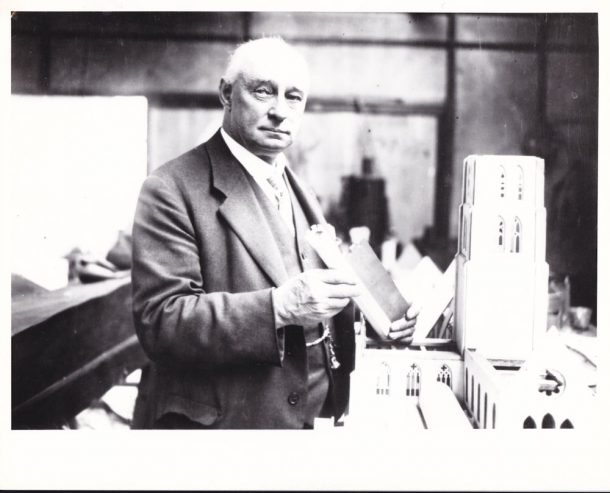
During the course of my research, I will have interviewed over thirty modelmakers, and I am conscious that these efforts will perhaps one day become an important source for future researchers exploring today’s practice. It is for this reason that the V&A’s additional interviews with modelmakers will be so useful. With over one hundred and fifty companies in Britain employing professional architectural modelmakers today – either as in-house modelmakers in architectural practices, or within dedicated modelmaking firms – the profession has never been larger, nor architectural models in such demand. With digital methods of representation having never quite been able to replace the tactile immediacy of the physical model, the role of the professional modelmaker in constantly developing the architectural model to ensure its continued relevance to architectural practice cannot be overstated.
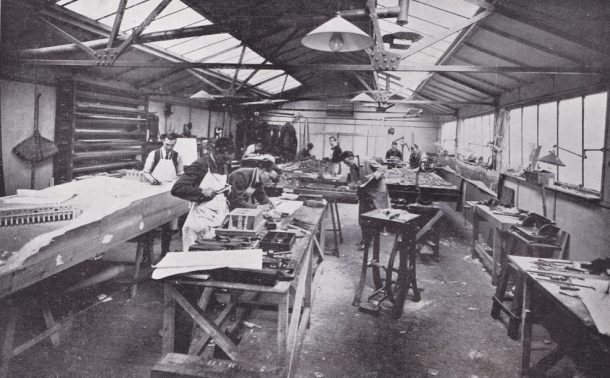
Crucial to the success of the model has been the open and pragmatic relationship with materials that modelmakers established during the professionalisation of the role in the early twentieth century; their adoption of new processes and techniques have continually propelled the architectural model to often astonishing levels of size and complexity.
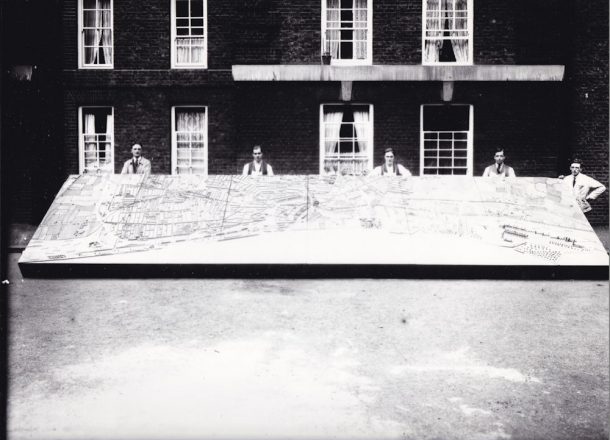
Models alone cannot tell the story of the architectural model, and the more work that is undertaken to acknowledge and investigate the role of the professional modelmaker, the richer our understanding will be. As both a vital design tool and an ambassadorial communication device for architectural practice, the architectural model today is largely what it is due to the dedicated efforts of its makers; generations of hugely talented individuals who are, thankfully, increasingly having their voices and contributions recorded.
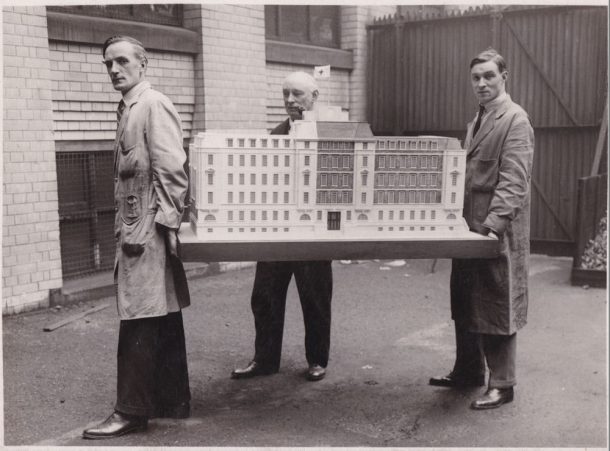
To find out more about the network visit our project page.
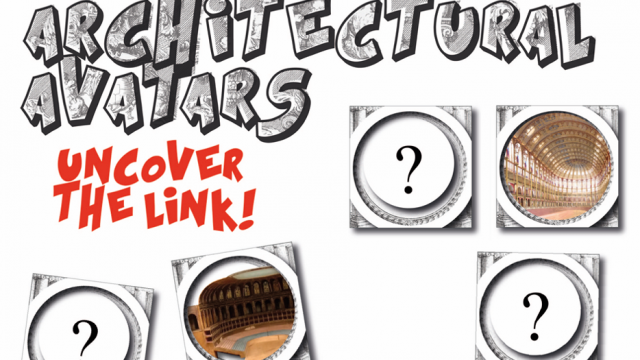
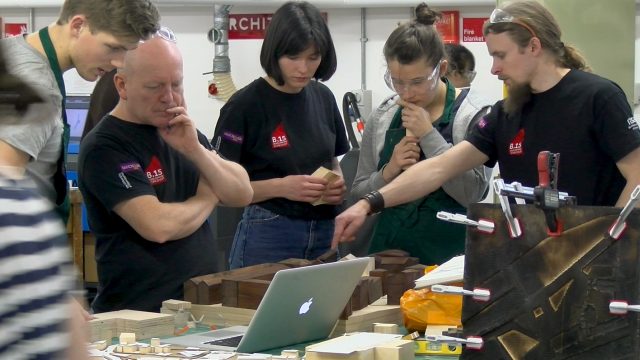

Great little post, had somehow forgotten Thorps despite working there very briefly as a student in the 80s and referring to their work constantly for many years.